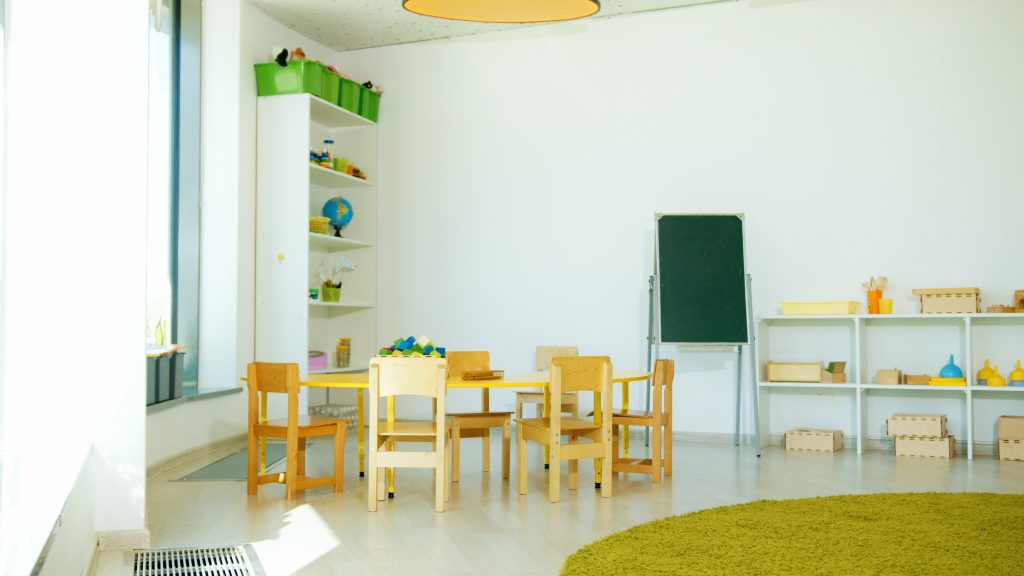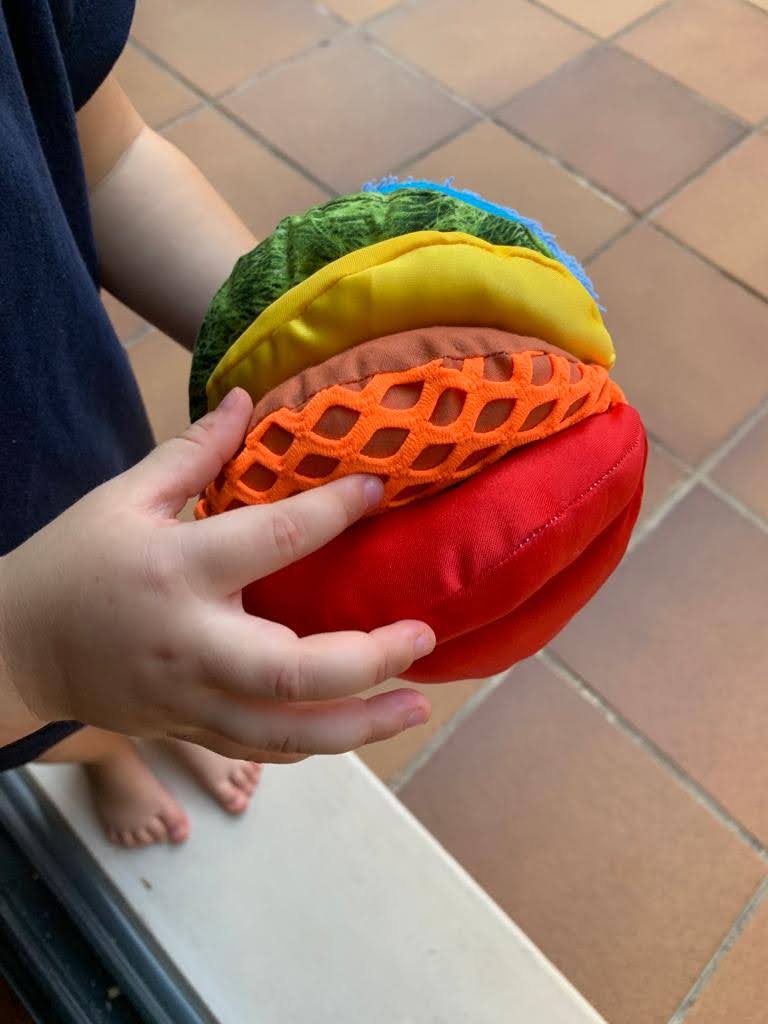Are you looking to bring the best of Montessori into your toddler’s home environment? Montessori shelves are a great way to encourage your toddler’s exploration and development in a safe and organized manner. With the right setup, you can provide your toddler with a stimulating space to help them learn essential skills such as self-care, problem-solving, and even language development.
Montessori shelves are also great for strengthening your bond with your toddler as you guide them through their growth journey. But setting up a Montessori shelf can feel overwhelming, especially considering all the different materials and strategies. That’s why it’s essential to take your time and research the best setup for your toddler.

The Benefits of Montessori Shelves for Toddlers
Montessori shelves are a popular educational tool for young children and have been gaining popularity among parents and teachers alike. These shelves provide numerous advantages for both children and parents alike. Some of the potential benefits include the following:
- Fostering independence: With access to safe interior materials, your toddler can explore and experiment at their own pace, developing skills such as problem-solving and self-care. It’s a great way to provide them with the freedom to learn and grow.
- Self-discovery: As your toddler learns on their own, they’ll have the opportunity to experiment with new materials. Self-discovery is the perfect way to encourage self-learning on your part.
- Creativity: Your toddler will be able to explore their creativity with plenty of storage and organization space. Through creative exploration, your toddler can develop fine motor skills, curiosity, and problem-solving skills.
Essential Components of Montessori Shelves
Before you can set up Montessori shelves in your toddler’s home, you’ll want to prioritize their needs and create an environment that will accommodate them. When incorporating these shelves into your toddler’s home setting, there are several key components to consider. These includes:
1. Safety first: It’s important to ensure that your toddler doesn’t have access to any choking hazards, sharp objects, or toxic substances. These items should be locked up or kept out of your toddler’s reach. This will prevent injury and ensure they don’t develop bad habits early on.
2. Durability: Mostly, you’ll be using natural materials for your Montessori shelves, so it’s best to choose durable materials such as wood and metal over cardboard and plastic. This will ensure it can withstand time and environmental stresses such as heat and moisture exposure.
3. Child-sized shelves and furniture: Your toddler will use these shelves to store various items, so choosing Montessori furniture and bookshelf sizes that are convenient for your child is best.
4. Soft and inviting color scheme: A young toddler will be curious and have a wide range of emotions, some of that may be unsettling. They’ll feel more comfortable in your home by choosing soft colors, such as blues or greens, to use in their environment.
5. Creation of learning space: Your toddler will be finding opportunities for independent learning through exploring the shelves, so make sure to place comfortable seating, frames, and blankets around the room to take advantage of their newfound independence.
How to Choose Materials for Your Shelves
A toddler’s shelves provide a great opportunity to enhance learning and development, especially for children with special needs. Here are a few important factors that you should consider when choosing materials for a toddler’s shelves:
1. Age-appropriate and safe materials
It’s best to create shelves with items appropriate for your toddler’s developmental stage, such as a wooden block in a wooden tray or plastic blocks on a wooden tray. It’s also important to have items that are safe for your toddler. Remember to check for materials that are toxic or can be a choking hazard.
2. Materials that encourage exploration and discovery
By offering your toddler a variety of materials, such as tactile objects, you’ll be providing them with the opportunity to learn while they play.
3. Visual stimulation
In addition to providing auditory and tactile stimulation, you can incorporate visual elements into your toddler’s shelf. You can use items such as the Sensory Ball, the Sensory Bean Bags or colourful cards and books that have associated images for visual stimulation.

4. Consider your toddler’s interest
Your toddler will be excited by their new shelf and interested in what you’ve chosen for them. Hence, selecting items associated with your child’s current interest is best.
5. Familiar objects
Toddlers have a short attention span, so it’s best to choose familiar objects they often see while playing at home or stories they often hear. This will help them associate their shelves with comfort instead of confusion and frustration.
How to Set Up Montessori Shelves For Toddlers
Setting up Montessori shelves for toddlers is a simple process that involves selecting suitable materials and arranging them to encourage independence and exploration.
- Start by choosing a designated area for the shelves, such as a playroom or corner of the living room.
- Then, select appropriate materials for your child’s age and abilities, such as puzzles, blocks, and other manipulatives.
- Organize your shelves so your child can easily access and interact with them.
- It’s also important to regularly rotate and update the materials to keep your child interested and engaged.
Following these steps can create a fun and educational environment for your toddler to explore and learn.
Maintaining Your Montessori Shelves
Like any toys, furniture, and decorations for children, it’s essential to maintain your Montessori shelves. This will ensure they are safe, secure, and, most of all, lasting.
- Regularly check to make sure there aren’t any sharp edges or toxic substances on your toddler’s shelves.
- Remove items from the shelves when they’re no longer needed.
- Clean and dust the shelves regularly to ensure you don’t create a dust-mite playground for your child.
- Take items off the shelves on a regular basis and inspect them for any marks, cracks, or signs of wear and tear.
- Rotate and update your toddler’s shelf with new items occasionally to keep them interested and engaged.
Keep in mind that Montessori shelves aren’t meant to keep things intact. They are intended to allow your child to learn through exploration. So make sure to keep an eye on the items you are storing and place them in a way that facilitates this learning process for your toddler.
FINAL THOUGHTS
With this ultimate guide, you’ll be well on your way to creating the perfect Montessori shelves for your little one. So, get ready to turn your home into a fun and educational playground, and watch your toddler flourish in their independent exploration and learning!
Click here to read about how the Montessori Visual Mobiles, the Montessori Tactile Mobiles, or the Sensory Baby Toys help your baby’s development.
Please share your experiences in the comments and your photos on my Instagram site. #montessoriedited, @montessoriedited
Author bio
Andrea Gibbs is the Content Manager at SpringHive Web Agency, where she helps create content for their clients’ blogs and websites. She is currently a blog contributor at Montessori Academy, a blog dedicated to helping parents with the ins and outs of parenting children within the Montessori tradition. She enjoys spending time with her family and dog when she isn’t writing.

